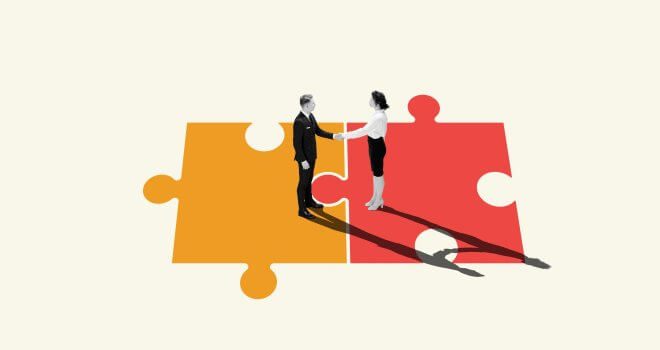Achieving Resiliency And Sustainability Through Project Management & PMOs
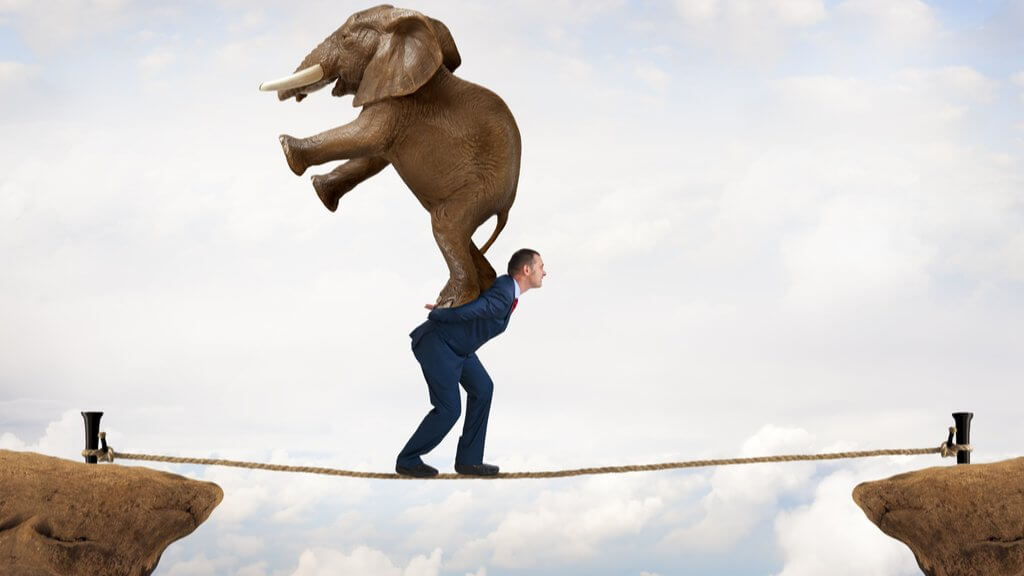
The role of Project Managers and Project Management Offices (PMOs) is becoming vital in the current unprecedented time for building resilient, sustainable and scalable systems.
Resiliency is one of the most important aspects to deliver continuous value and services even during the occurrence of unanticipated events by recovering quickly from the setbacks and bringing the operations back to a normal state.
Adaptable and Predictable Project Management practices and frameworks help in building this capability by seamlessly managing risks and proactively communicating their impact which may vary when the event happens.
It is also pertinent to understand that there could be unknown risks as well for which the probability and impact is not known before hand, but an effective risk response strategy driven through an overarching change management strategy will allow its swift resolution.
An effective change management strategy will involve the following steps with an understanding that risk will also bring along with it the opportunity to learn and grow.
1. Acceptance and Adaptability to unpredictable events
2. Iterative and Incremental approach for minimizing the impact of risk
3. Establishing early and regular feedback loops
4. Setting clear, realistic and measurable expectations
5. Project Risk to be treated as an inherent part of the organizational change management
6. Measuring value empirically and improving impact
A strong project management methodology will allow the above steps to be implemented in a more sustainable manner aligning the shared vision to co-create the goals. It will include the following: –
1. Revisions to Project and Business Continuity Plans as and when needed instead of “carved in stone” plans
2. Facilitating faster and sustainable collaborative decision-making through digital tools and building cloud-based resilient solutions
3. Delivering meaningful value in shorter iterations which is in a releasable and usable form
4. Defining goals of each iteration and ensuring that it aligns with the overall release roadmap
5. Risk Identification through Risk Breakdown Structure (RBS) into Risk Topic, Risk Category and Risk Type and prioritizing the risks for creating risk census and Risk Burndown chart for knowing the risk exposure across the iterations.
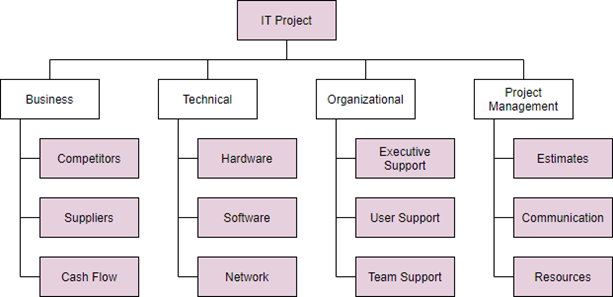
Image Credit: https://online.visual-paradigm.com/knowledge/breakdown-structure/what-is-risk-breakdown-structure/
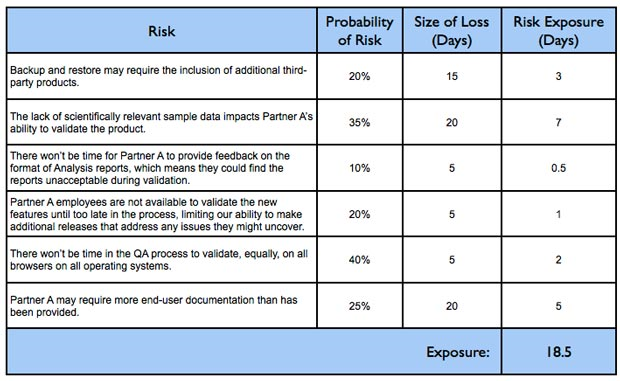
Image Credit: https://www.mountaingoatsoftware.com/blog/managing-risk-on-agile-projects-with-the-risk-burndown-chart
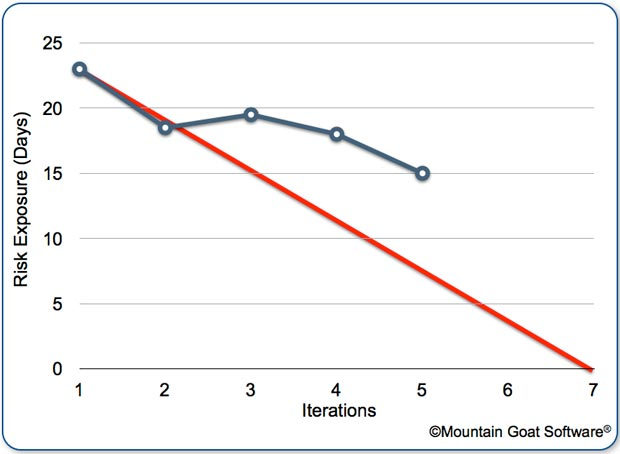
Image Credit: https://www.mountaingoatsoftware.com/blog/managing-risk-on-agile-projects-with-the-risk-burndown-chart
The above points allow the predictable and adaptable approaches to work in parallel and are transitioned seamlessly from hierarchical Risk Break Down Structure to incremental Risk Burn Down chart.
The sustainability of the project is required for future scalability and achieving economies of scale. In order to allow the impact of the project to continue and realize the benefits, the role of PMOs becomes the key factor for thriving in the business, economic, social and political world. The sustainability of the projects must address the following aspects: –
1. Organizational Sustainability– In order to achieve organizational sustainability, the PMOs focus on building an organizational culture which allows repeatable and standardized way of executing projects and achieve economies of scale.
They also focus on building a standardized way of governance, methodology and reporting to make the various project and programs consistent in terms of measuring progress and performance.
However, it becomes a conventional way of formalizing the process when there is volatility, uncertainty, complexity and ambiguity (VUCA) in the projects, and the predictable and standardized processes do not work well.
In such situations, an evolutionary and adaptable way of execution, replication and scaling the teams and projects works well for sustainability.
For example, Scaled Agile Framework (SAFe) focuses on business agility and is built around the seven core Competencies of the Lean Enterprise that are critical to achieving and sustaining a competitive advantage in an increasingly digital age of delivering innovative business solutions.
This framework also focuses on enhancing the existing skills and practices which may be required for improving the value chain.
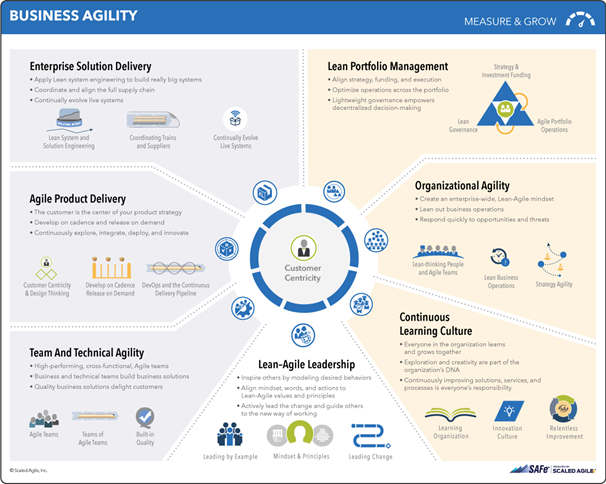
Image Credit: https://www.scaledagileframework.com/#
2. Economic Sustainability- Financial sustainability will include the benefits that are going to be realized out of the costs incurred. A sustainable financial model is one which has a higher Net Present Value (NPV), higher internal rate of return (IRR) and viable to its creditors and debtors.
The economic sustainability of the project will need to go beyond the budgetary aspect and returns expected on the investments made by ensuring that the project fits well into the overall strategy of the business.
At the same time, there is a need to define an economic trajectory for the financial parameters in the successive time period.
The Earned Value Management (EVM) is one such approach that helps in identifying and measuring the variances in project by comparing the work performed and work planned. The EVM approach allows in mapping the variances with future economic sustainability.
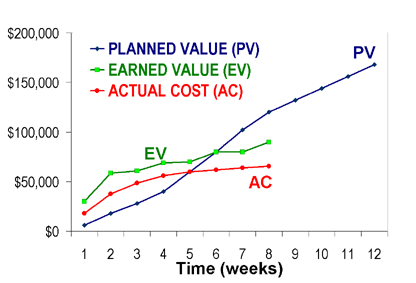
Image Credit: https://en.wikipedia.org/wiki/Earned_value_management
3. Community Sustainability- In the project management world, the role of community is instrumental for building the project economy to convert ideas into reality. The PMOs role is being transformed into community of practice (COP) which focuses on learning, skills development, sharing knowledge and community involvement.
It forms a community in the sense that members share a common interest and passion for the success of projects and offers a platform for learning to experienced members and newcomers.

Image Credit: https://www.pmi.org/learning/library/project-management-office-community-practices-6243
4. Environment Sustainability- Environment sustainability in project management deals with the aspects that defines the corporate social responsibility towards addressing the issues of climate change, pollution, public health, zero carbon emission, global warming or any such environmental topic which impacts the larger ambit of society.
The environmental aspect plays a critical role for the business growth demonstrated as part of awareness and responsible behavior towards the life on this planet.
It also defines the future state of the society from the benefits delivered through improved technology, processes, standard of living, per capita income, additional income generation, improved health and social security parameters, fair labor and operating practices.
Summary:
In view of the above facts, the role of project managers and PMOs is immense in creating a resilient and globally sustainable ecosystem through manifesting a strategic context and culture for making economically viable, socially responsible and environmentally sound project management domain, practices and competency.
Acknowledgments and References
1. Project Management: What is Risk Breakdown Structure- https://online.visual-paradigm.com/knowledge/breakdown-structure/what-is-risk-breakdown-structure/
2. Managing Risk on Agile Projects with the Risk Burndown Chart- https://www.mountaingoatsoftware.com/blog/managing-risk-on-agile-projects-with-the-risk-burndown-chart
3. Scaled Agile Framework (SAFe)- https://www.scaledagileframework.com/
4. Earned Value Management- https://en.wikipedia.org/wiki/Earned_value_management
5. Aubry, M., Müller, R., & Glückler, J. (2011). Project management office as community of practices. Paper presented at PMI® Global Congress 2011 — North America, Dallas, TX. Newtown Square, PA: Project Management Institute. — https://www.pmi.org/learning/library/project-management-office-community-practices-6243
6. Tharp, J. (2012). Project management and global sustainability. Paper presented at PMI® Global Congress 2012 — EMEA, Marsailles, France. Newtown Square, PA: Project Management Institute. — https://www.pmi.org/learning/library/project-management-global-sustainability-6393
About the Author
Gaurav Dhooper is a strategic thinker, a professional Agile and IT Delivery Leader, an author and a speaker.
Gaurav writes articles on Digital Transformation, Agile Transformation, Agile Project Management and Scrum. He also writes articles on Robotic Process Automation, Artificial Intelligence, Machine Learning and Personal Agility in leading online publications.
Gaurav has been reviewer for PMI’s Standard for Earned Value Management and a book on Agile Contracts. He is also a Webinar and keynote speaker in various global conferences and Reviewing Committee Member in PMO Global Awards 2020.
Gaurav has been appointed as the new Digital Media Global Director of PMO Global Alliance and been awarded an honorary position of Senior Official of IAPM, Switzerland for Metropolitan area of Noida, India.
